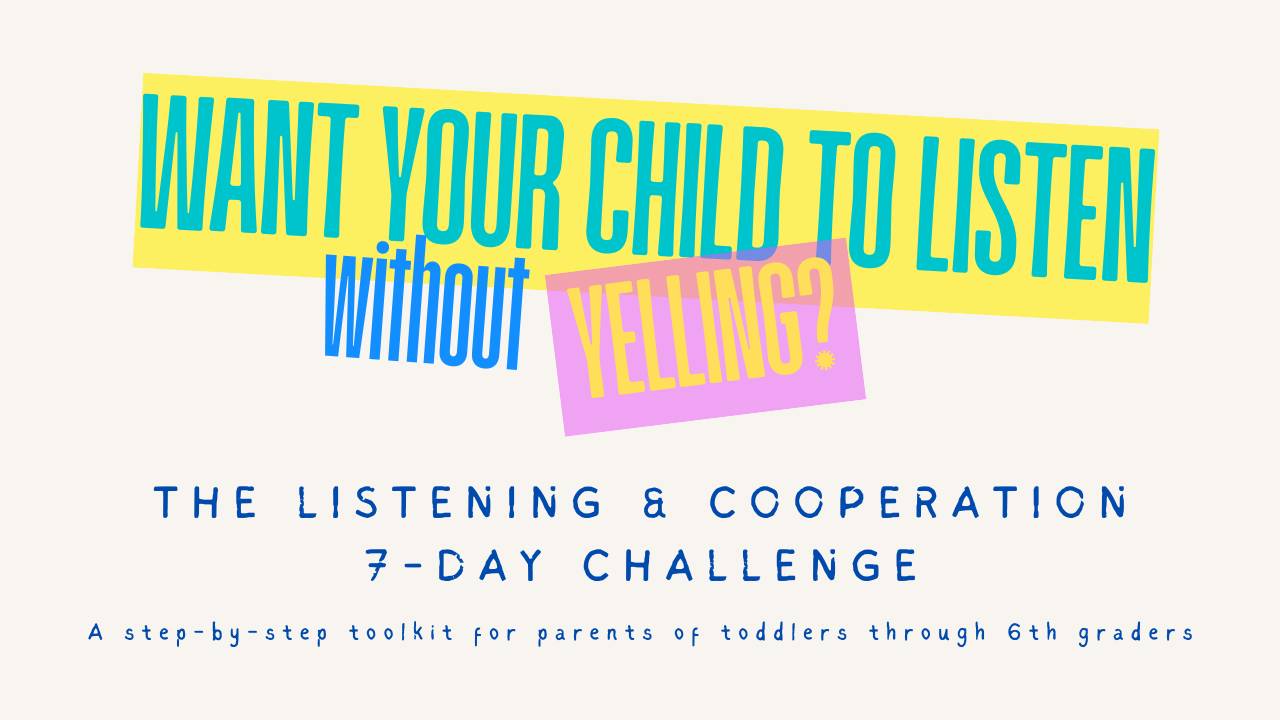Unleashing Independence: The Power of Visual Schedules for Preschoolers with Autism
Jan 09, 2024
Parenting a preschooler with autism comes with its own set of triumphs and challenges. One aspect where many parents find solace and success is through the use of visual schedules. These simple tools can be a game-changer in promoting independence at home. In this blog post, we'll explore what visual schedules are, why they are important, and how you can use them to empower your little one.
What Are Visual Schedules?
Visual schedules are visual aids that use images, symbols, or words to represent a series of activities or tasks in a specific order. These schedules act as a guide, helping children understand and anticipate what comes next in their daily routines.
The Importance of Visual Schedules for Preschoolers with Autism
Predictability and Routine:
Visual schedules provide a sense of predictability for children with autism, who often thrive on routine and familiarity. Knowing what to expect helps reduce anxiety and promotes a smoother transition between activities.
Visual Support for Communication:
For preschoolers with autism, who may face challenges with verbal communication, visual schedules serve as a non-verbal means of understanding and expressing themselves. The visual representation of tasks aids comprehension and communication.
Building Independence:
Visual schedules empower children to take charge of their daily activities. By visually seeing the sequence of tasks, they can gradually learn to complete routines independently, fostering a sense of accomplishment and self-confidence.
Examples of Visual Schedules
Morning Routine:
Create a visual schedule for the morning routine, including tasks like waking up, getting dressed, brushing teeth, and having breakfast. Use images or drawings to represent each step, allowing your child to follow along independently.
Daily Activities:
Develop a visual schedule for the day, outlining activities such as playtime, snack time, and outdoor play. This helps your child understand the structure of the day and prepares them for transitions.
Bedtime Routine:
Establish a visual schedule for the bedtime routine, incorporating activities like taking a bath, putting on pajamas, reading a story, and going to bed. This visual guide promotes a calming bedtime ritual.
How to Implement Visual Schedules
Keep it Simple:
Use clear and simple images or symbols that your child can easily understand. The goal is to make the schedule accessible and engaging.
Consistency is Key:
Be consistent in using visual schedules across various routines. Repetition helps reinforce the understanding of the schedule.
Involve Your Child:
Engage your child in the process of creating the visual schedule. Allow them to choose images or participate in arranging the schedule, promoting a sense of ownership.
Visual schedules are a fantastic tool for promoting independence in preschoolers with autism. By offering predictability, supporting communication, and fostering a sense of accomplishment, these schedules become valuable companions in your parenting journey. Experiment with different visual schedules, involve your child in the process, and watch as they navigate daily routines with newfound confidence and independence.
UNLOCK YOUR FREE TOOLKIT NOW: ENHANCE YOUR CHILD'S PLAY & LANGUAGE SKILLS TODAY!
Simply enter your email address to get instant access.


